Campaigns
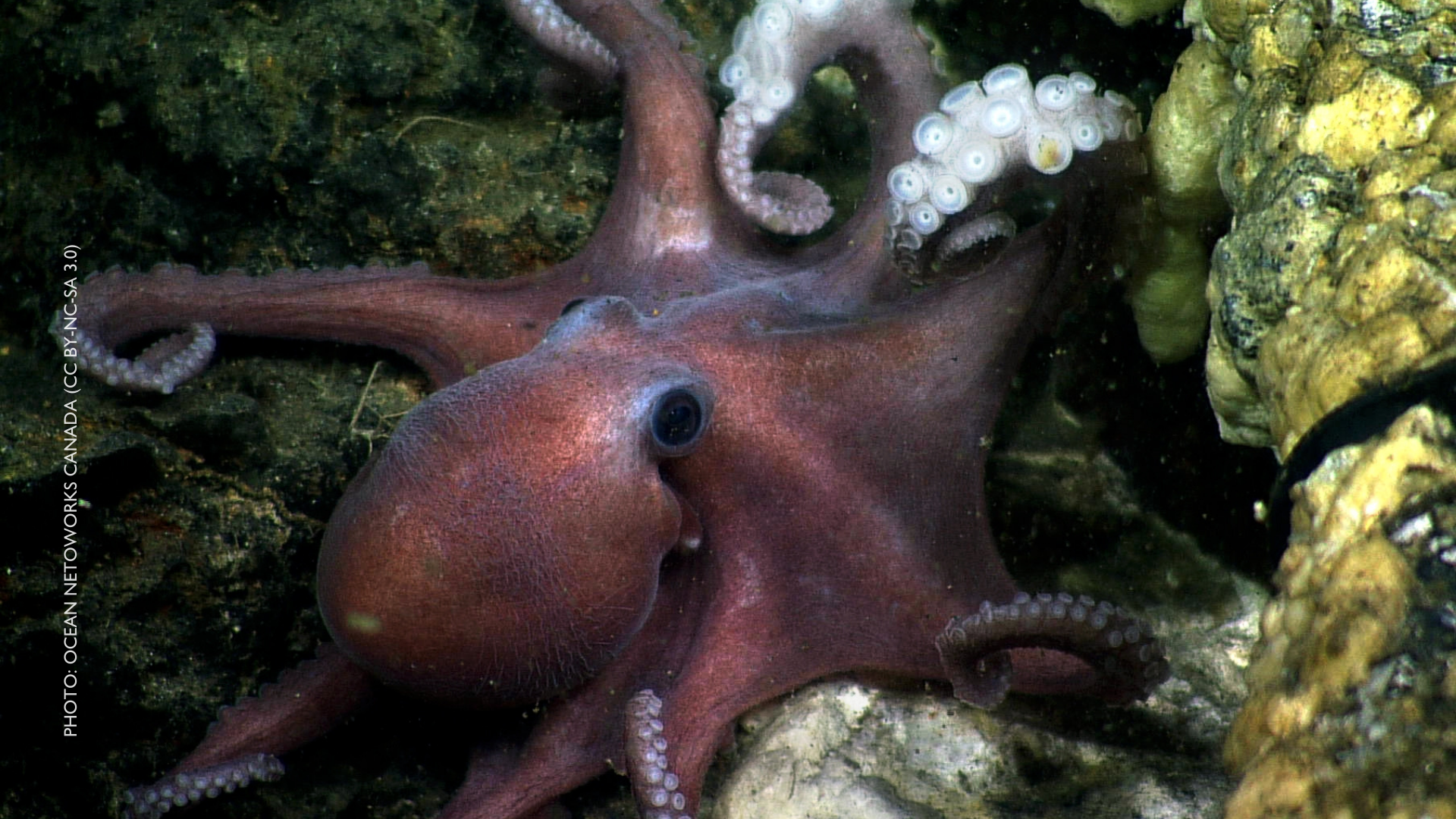
Tang.ɢwan – ḥačxʷiqak – Tsig̱is MPA: A Deepsea Oasis
80 kilometers off Vancouver Island’s west coast, Tang.ɢwan – ḥačxʷiqak – Tsig̱is marine protected area (MPA) could become the largest marine protected area in Canada. [Learn more]
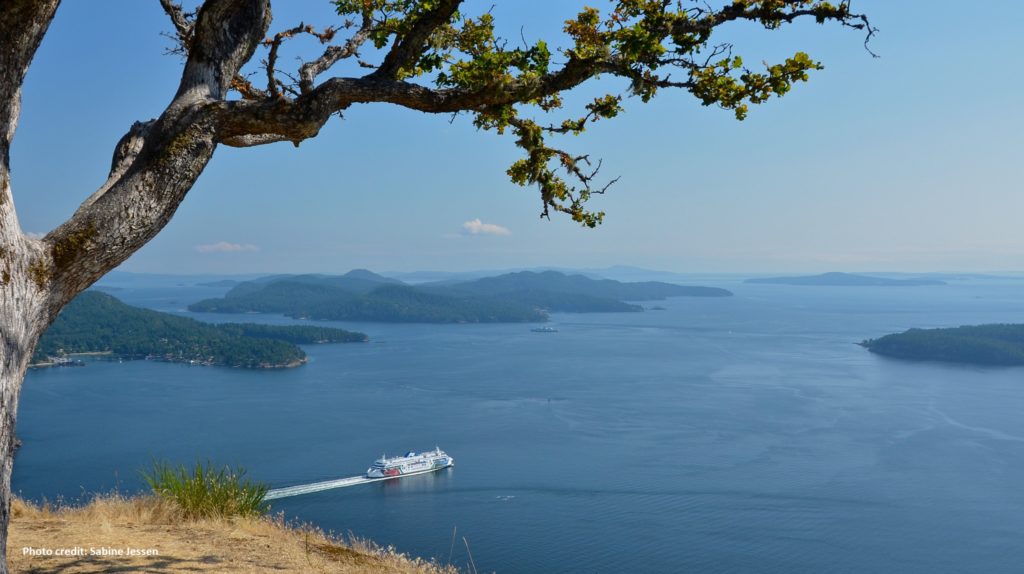
Southern Strait of Georgia
The Southern Strait of Georgia is home for the Southern Resident killer whales and more than 3,000 species. Now, First Nations and the federal government are negotiating the feasibility of a National Marine Conservation Area. [Learn more]
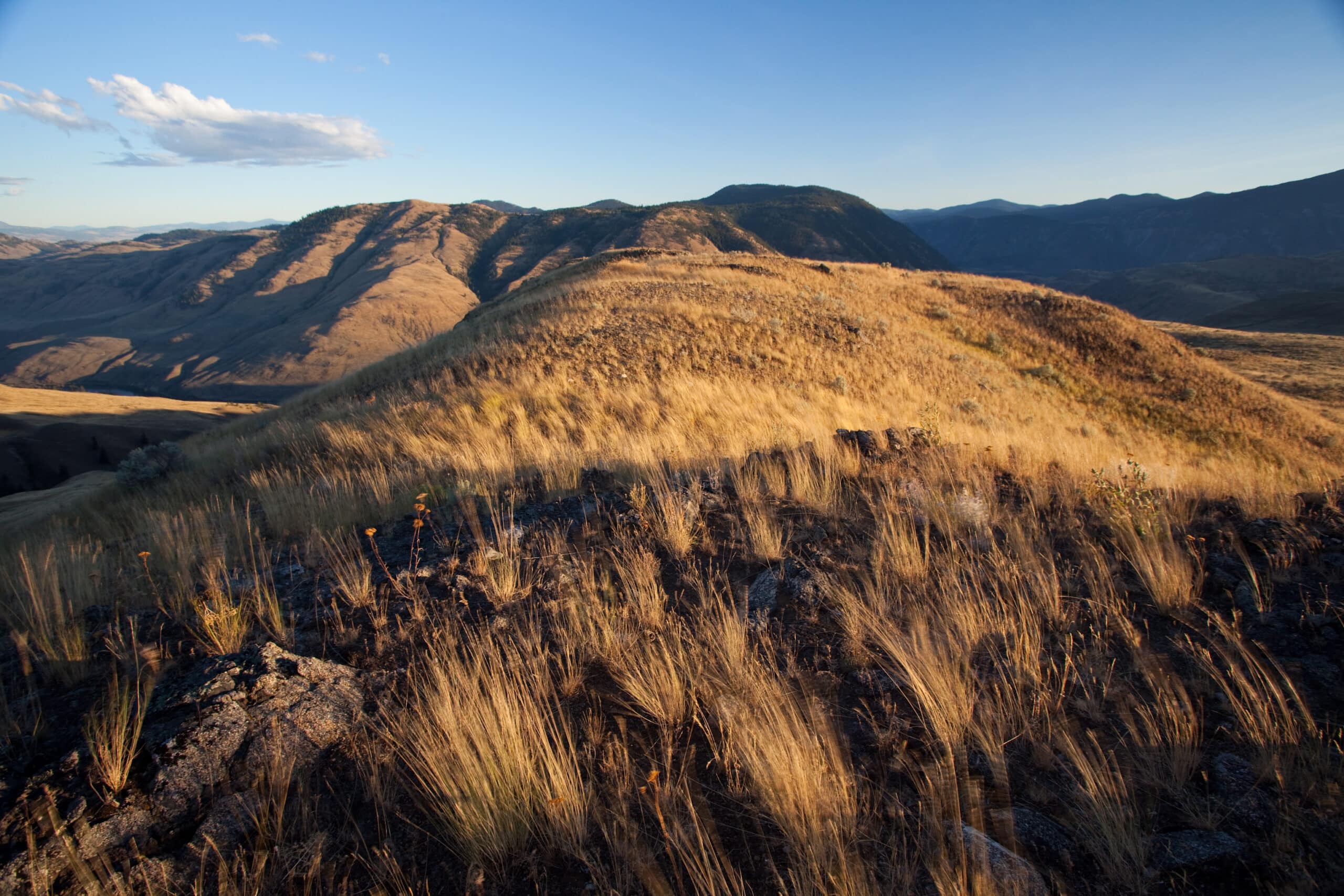
South Okanagan-Similkameen National Park Reserve
A new National Park Reserve in the nxʷəlxʷəltantət (South Okanagan-Similkameen) grasslands will honour the cultural values of the sməlqmix / suknaʔkinx (Okanagan First Nation) and protect about 27,300 hectares of one of the world’s most endangered ecosystems. [Learn more]
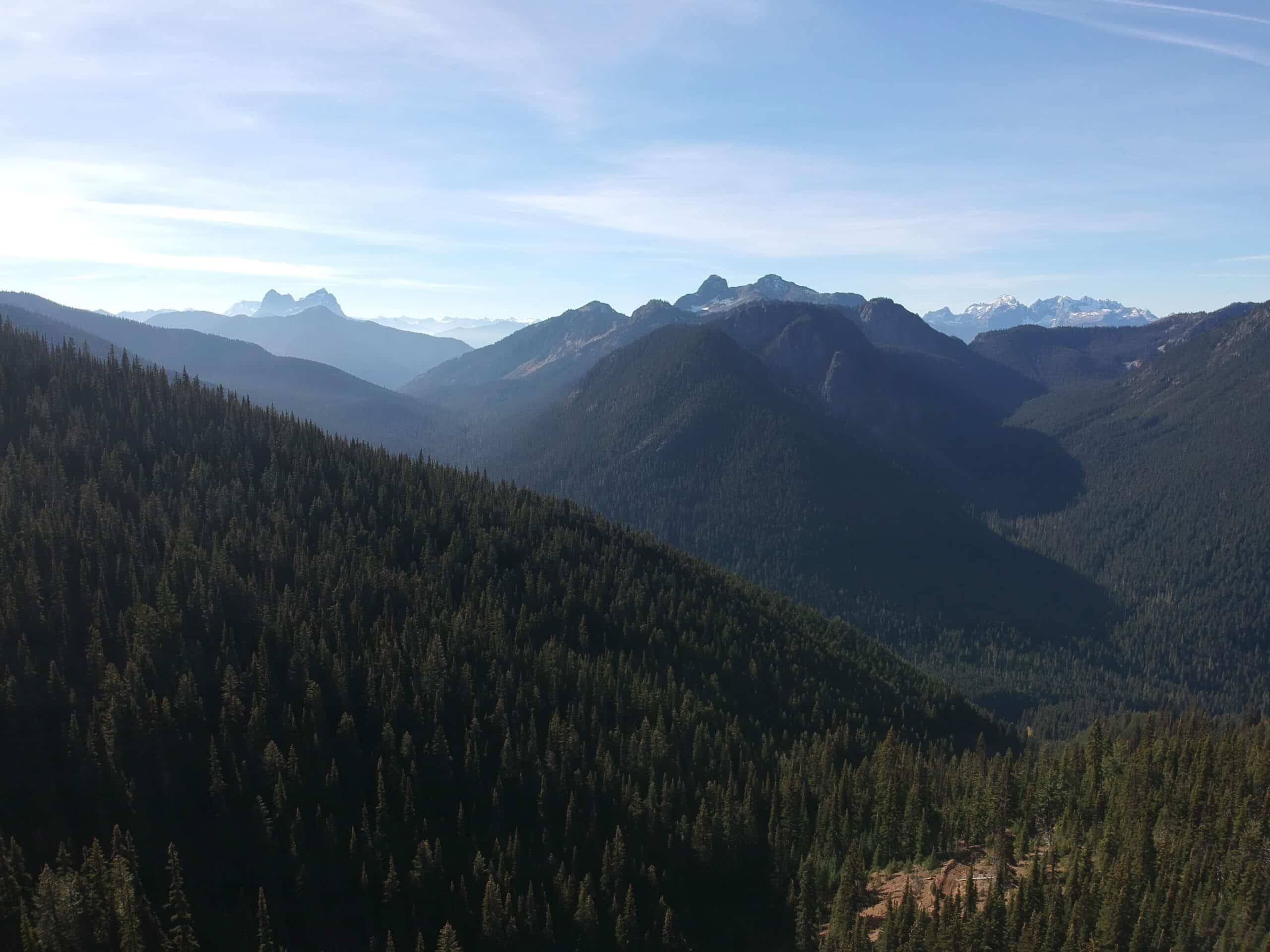
Skagit Donut Hole
Nestled between two provincial parks is the Skagit-Manning donut hole, a patch of unprotected land covering about 5,800 hectares. This small but mighty parcel sits at the heart of Skagit Valley and provides vital habitat for spotted owls and Grizzly bears. [Learn more]
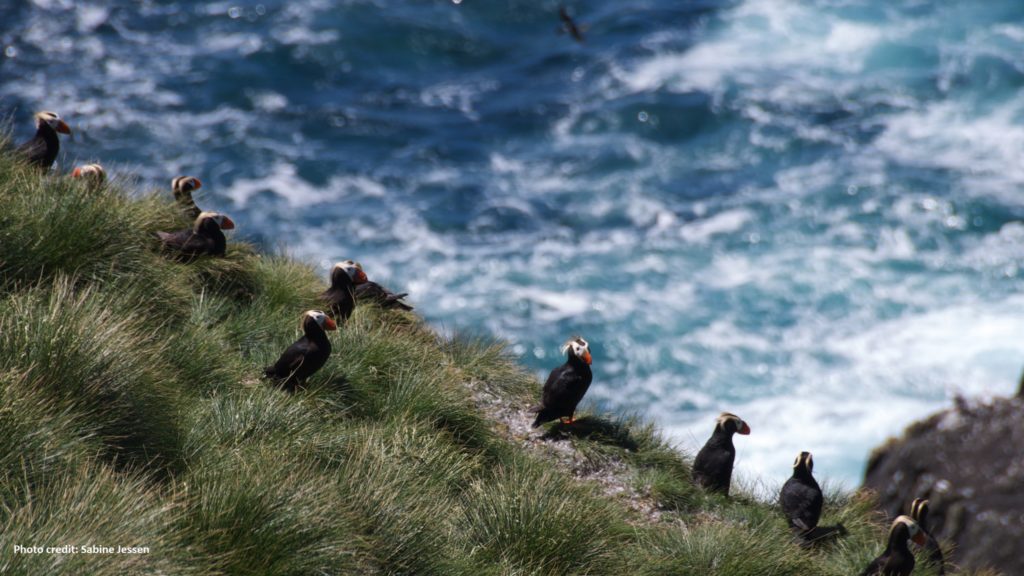
Scott Islands
The Scott Islands marine National Wildlife Area (mNWA) off the northwestern tip of Vancouver Island is a global hub for migratory birds. However, this marine protected area needs stronger protection. [Learn more]

Salmon Parks
The Salmon Parks project initiated and led by the Mowachaht/Muchalaht and Nuchatlaht Ḥaw̓iiḥ (hereditary leaders) is aimed at restoring wild salmon by recovering and protecting key watersheds in Nootka Sound, on Vancouver Island’s west coast. [Learn more]
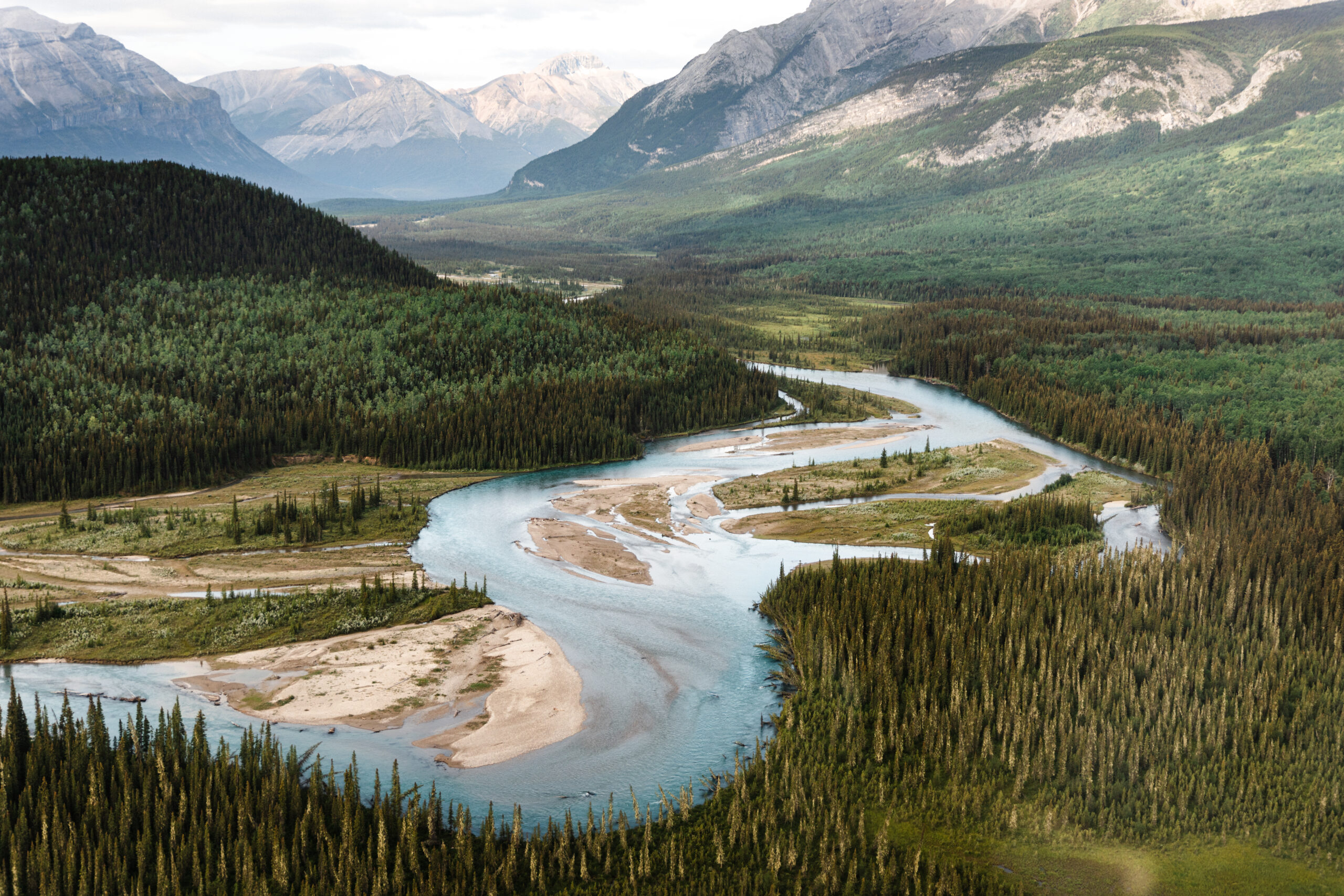
Protecting 30% by 2030
When given adequate protection to thrive, nature supports healthy wildlife and resilient communities. From threatened grizzly bear populations and dwindling caribou numbers to critically endangered northern spotted owls, biodiversity is declining quicker than ever before. Protect 30% by 2030. [Learn more]
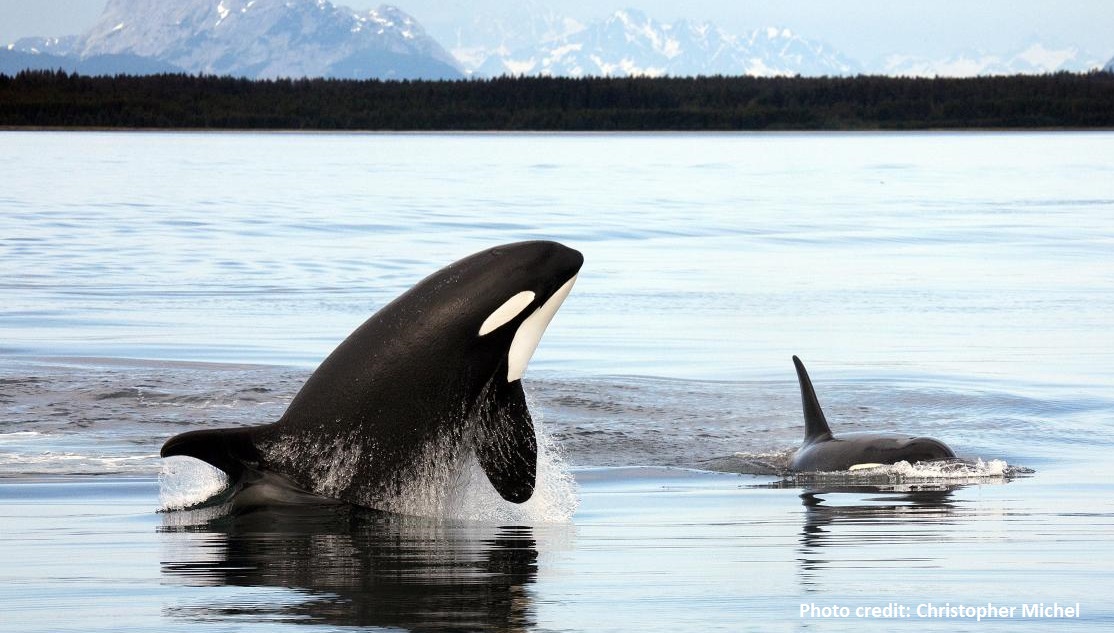
Orcas
Northern and Southern Resident Killer Whales are iconic species on British Columbia’s coast. These orcas rely on healthy waters in the Salish Sea and around Vancouver Island. But they are facing numerous threats and their ocean home is being degraded. [Learn more]
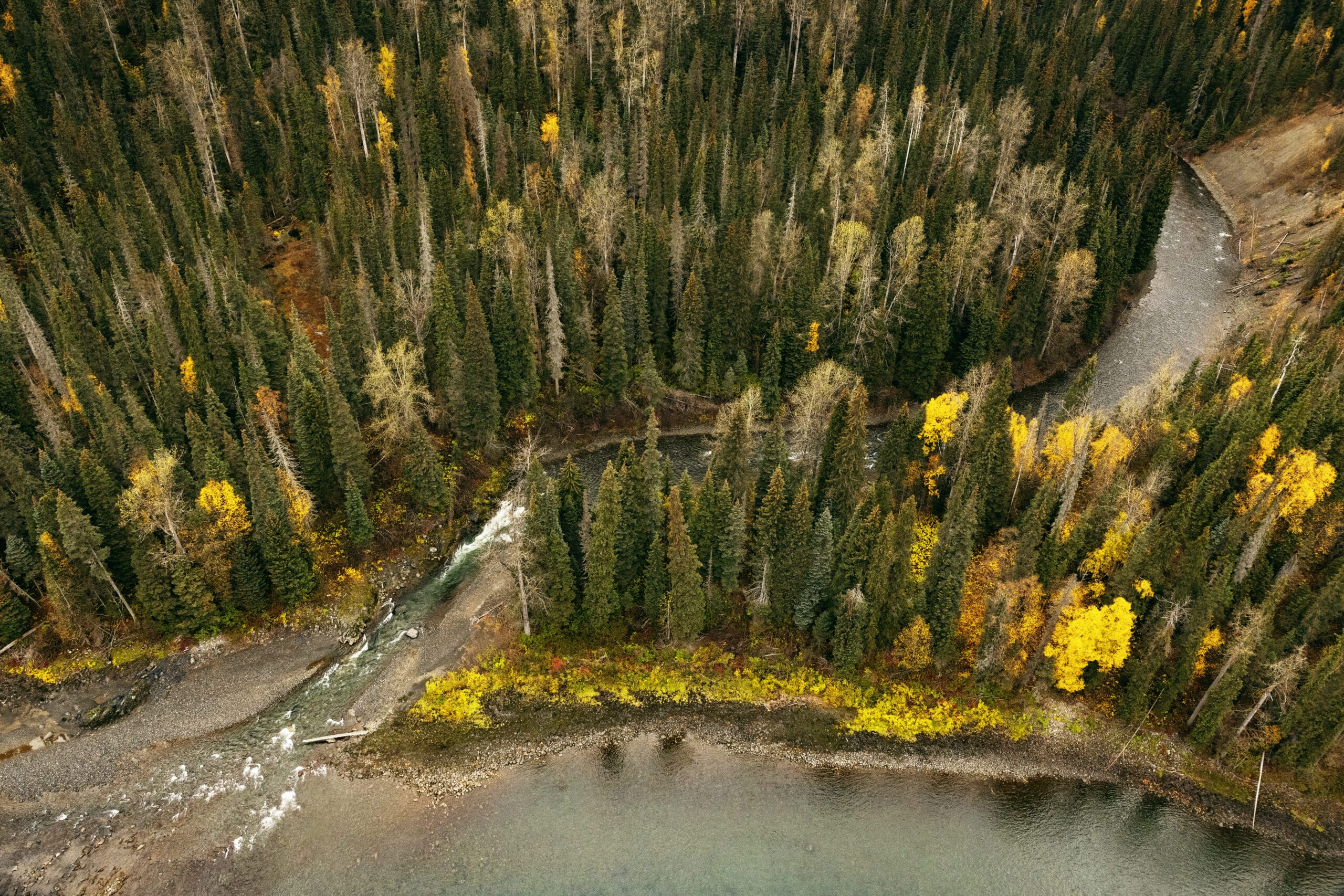
Gwininitxw Indigenous Protected Area
The Gwininitxw Indigenous Protected Area is located in the upper Skeena River watershed and protects 170,000 hectares of critical habitat for mountain goats, wolverines, grizzlies and wild salmon within Wilps Gwininitxw Territory. [Learn more]
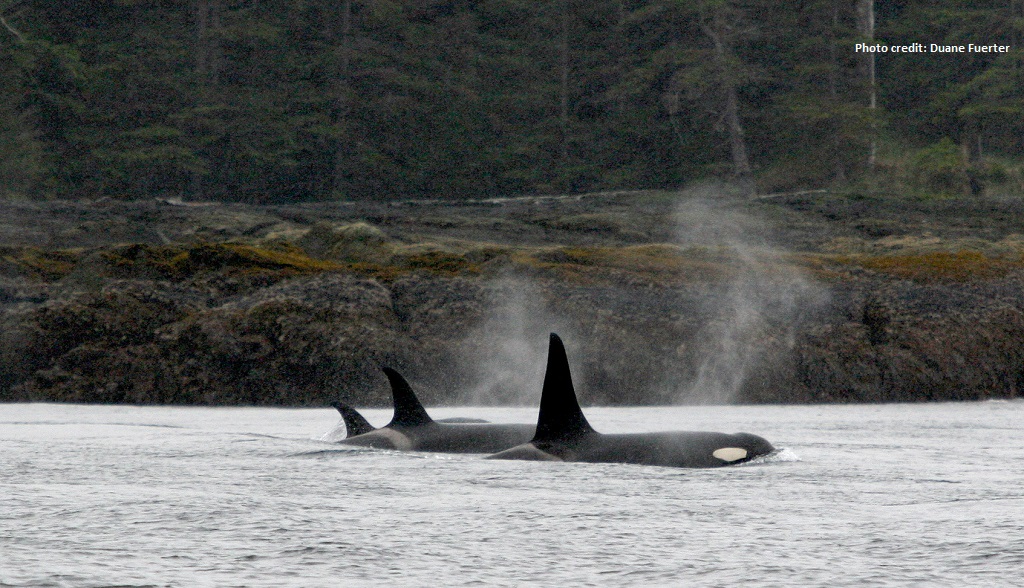
Gwaii Haanas
Gwaii Haanas is known for its diverse ecosystems, distinct flora and fauna, living Haida culture, and cooperative management model. By safeguarding these marine ecosystems along with the land itself, the Haida Nation and Canada have the potential to create one of the greatest protected areas on Earth, from mountain top to sea floor. [Learn more]
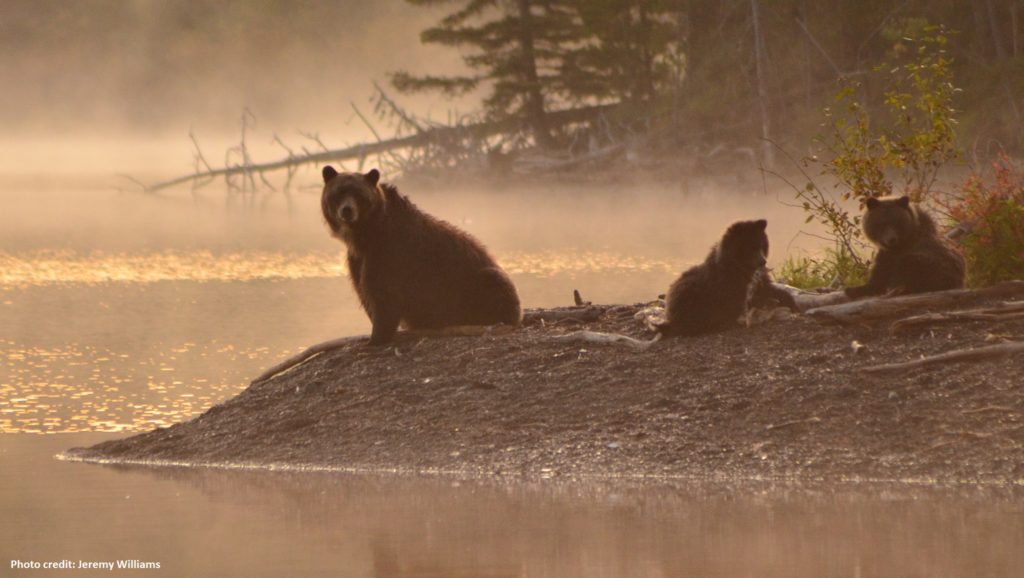
Grizzly Bears
In BC, there are 55 Grizzly Bear populations, and 60% of them are threatened. Grizzly Bears are a keystone species in North America, which means their presence in a landscape shows us how healthy or harmed an ecosystem is. We need urgent conservation measures to protect these animals. [Learn more]

Great Bear Sea
Indigenous Peoples are leading plans to create Canada’s first Marine Protected Area Network along the north and central coast. Voice your support for a healthy Great Bear Sea. [Learn more]
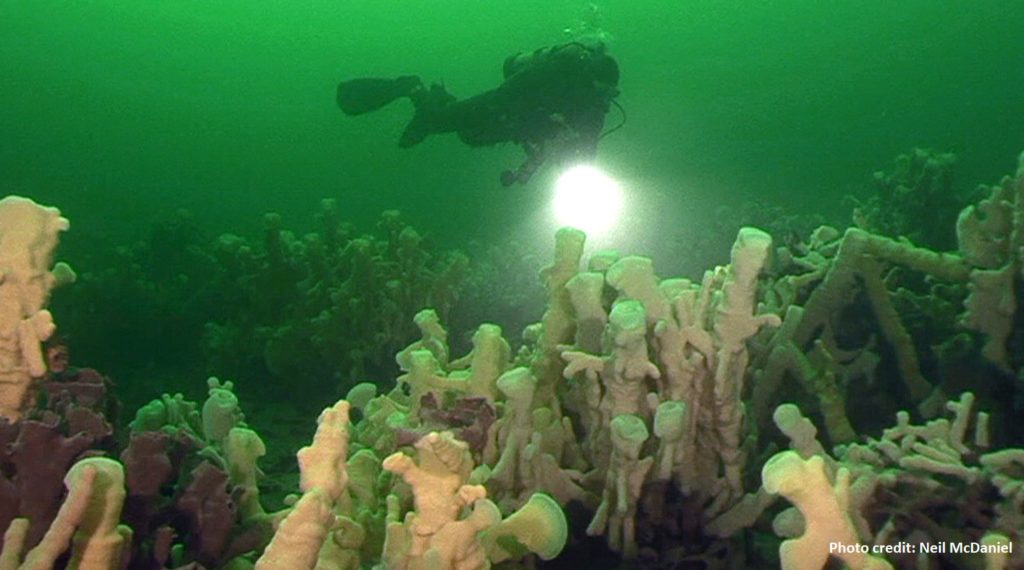
Glass Sponge Reefs
BC’s ancient glass sponge reefs help store carbon and provide vital ocean habitat for endangered rockfish. CPAWS-BC is calling on the federal government to ban bottom contact fishing on or near glass sponge reefs with marine protected areas (MPAs) and Other Effective Conservation Measures (OECMs) such as marine refuges and fishing closures. [Learn more]
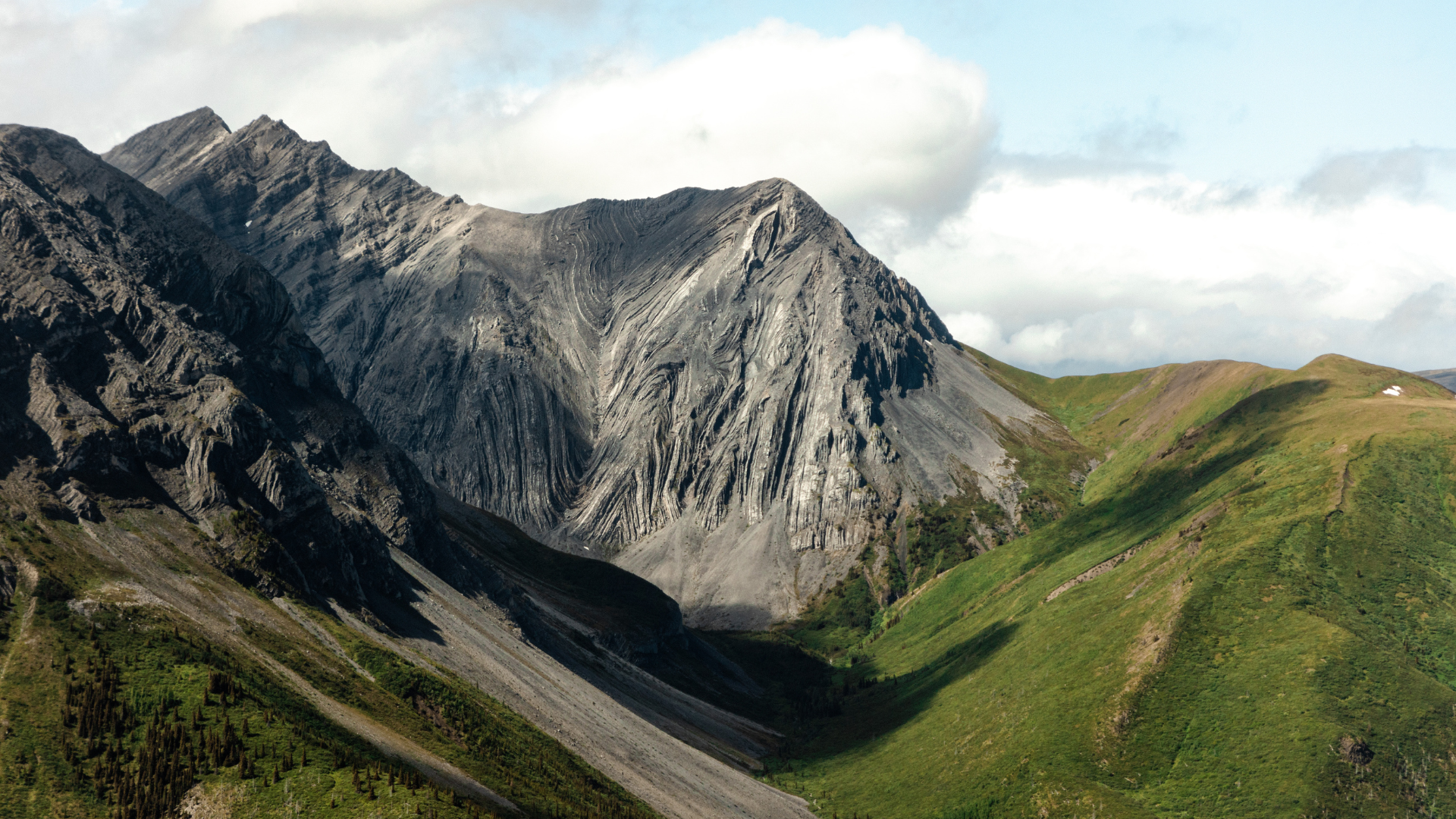
Dene Kʼéh Kusān, “Always Will Be There”
Support Kaska Dena’s work to protect Dene Kʼéh Kusān, the largest intact landscape in BC. This proposed Indigenous Protected and Conserved Area (IPCA) would protect nearly four million hectares of wilderness lands abundant with wildlife like caribou, moose and song birds. [Learn more]
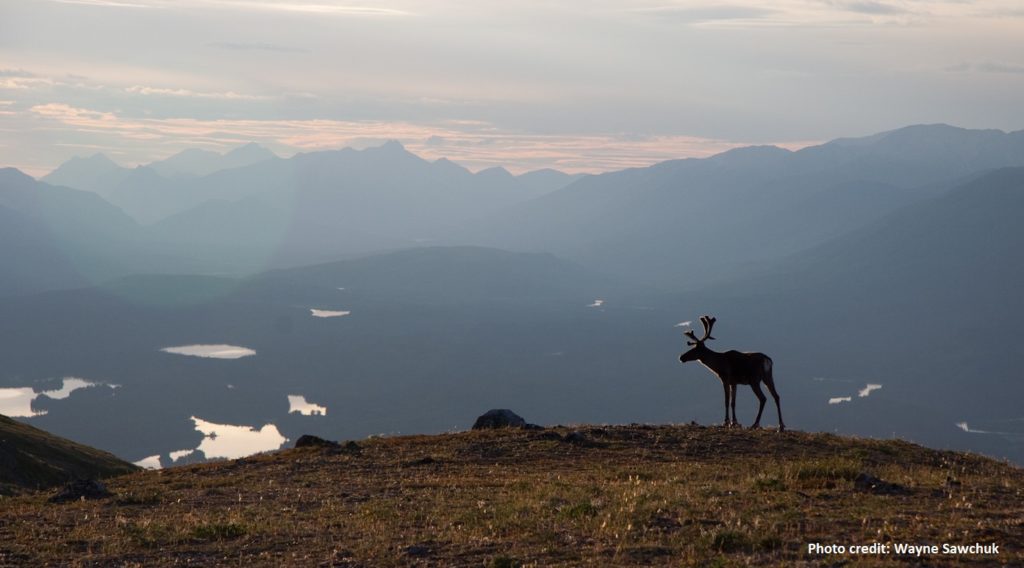
Caribou
In British Columbia, caribou are in dire straits. These animals try to survive in landscapes heavily fragmented by logging, mining, oil and gas and countless roads. So how do you save one of BC’s most threatened species? [Learn more]
